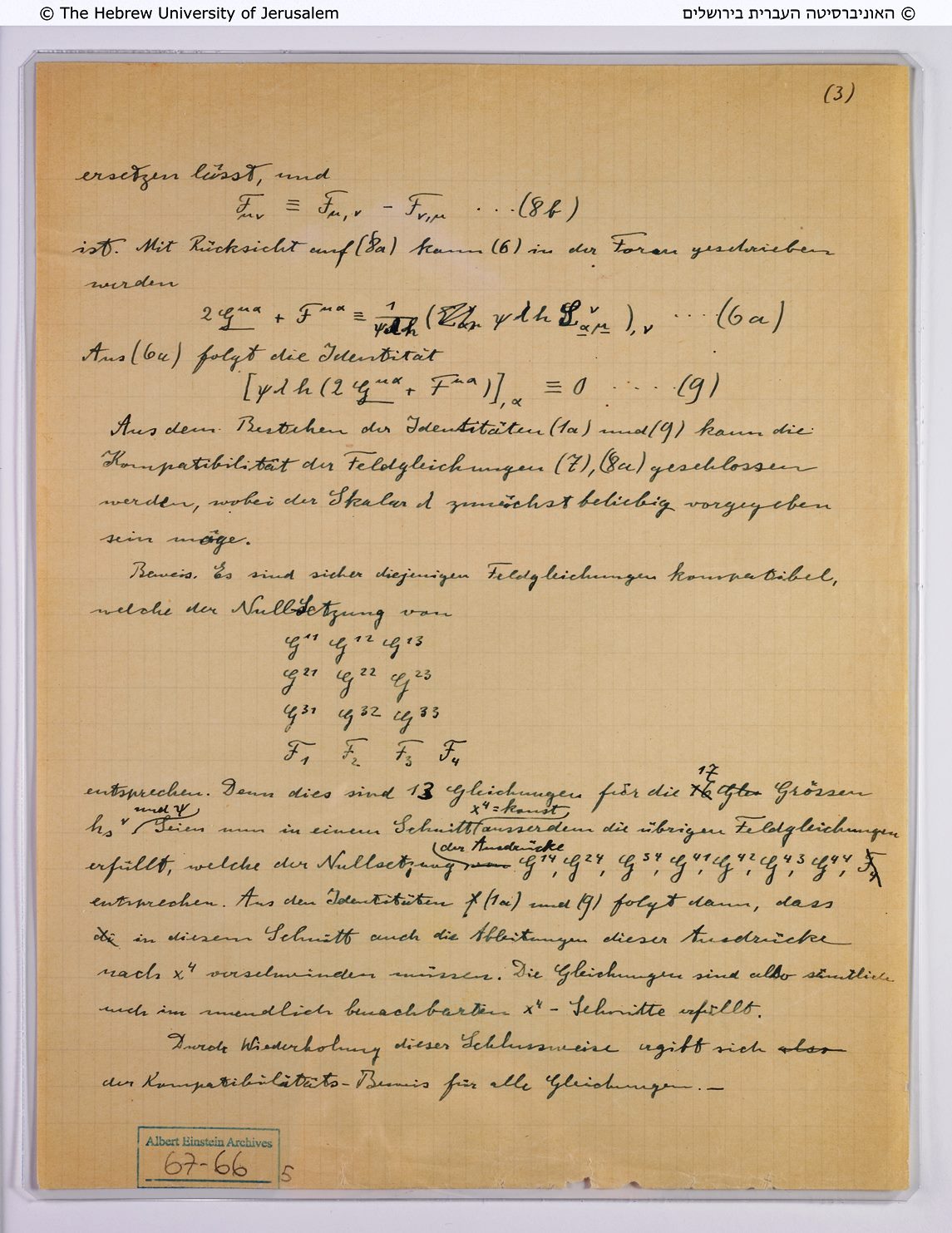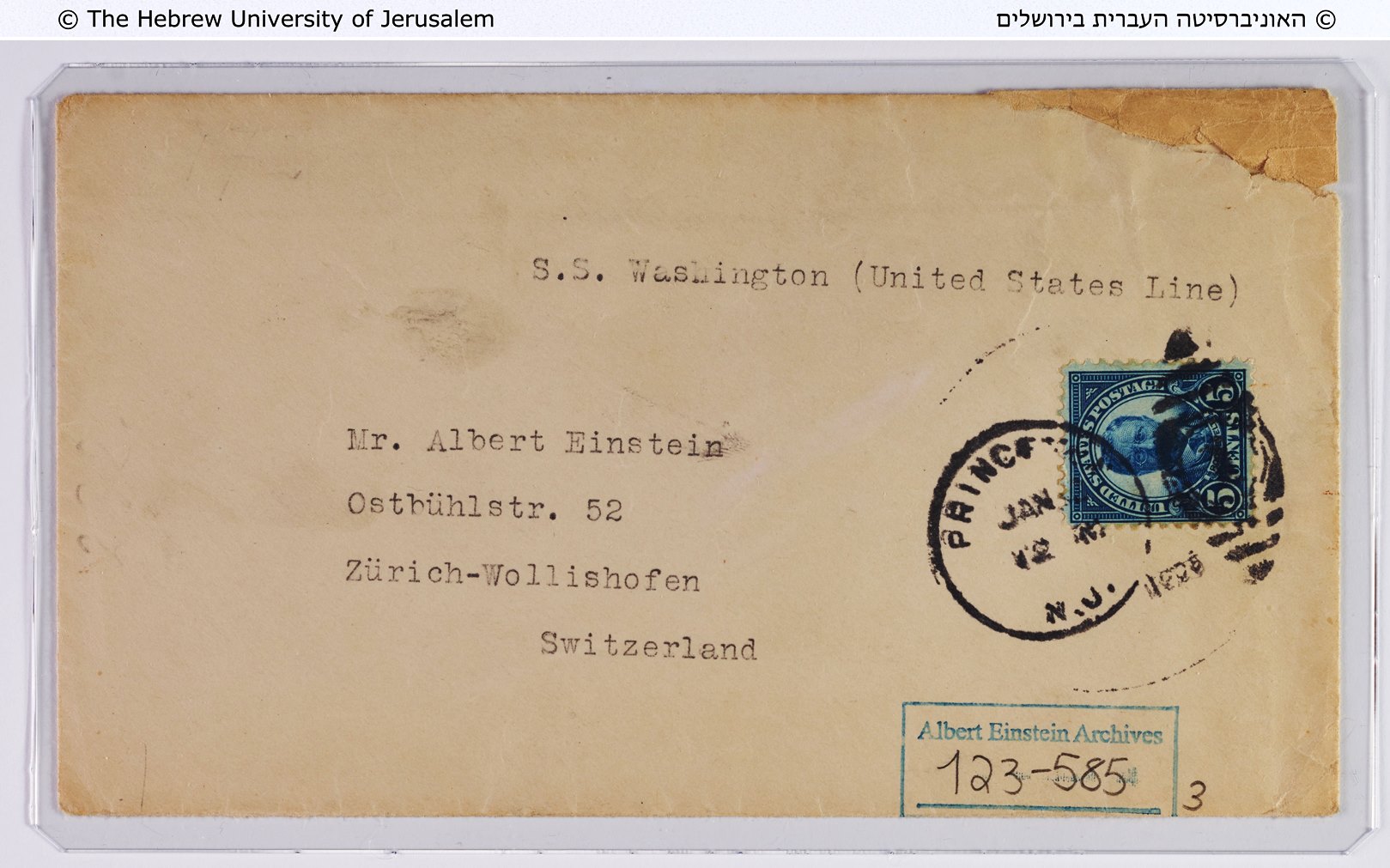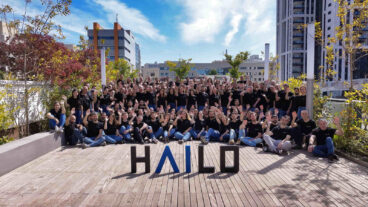Even 140 years after Albert Einstein’s birth, his scientific discoveries still impact our lives. Lasers, nuclear power, fiber optics, driverless cars, GPS and space travel all trace back to Einstein’s theories. Last week, the Hebrew University of Jerusalem unveiled 110 new Einstein manuscript pages, most of which have not been displayed before, shedding light on the scientist and the man behind the science.
Einstein was one of the founding fathers of Hebrew University and he bequeathed his personal and scientific writings to the university. The university’s Albert Einstein Archives contains more than 80,000 items, including manuscripts, correspondences, photographs, diplomas and medals.
The new manuscripts were purchased from a private collector in North Carolina by the Crown-Goodman Family Foundation in Chicago, which gifted them to the archives.

The new collection contains:
· 84 sheets, most of them mathematical derivations from 1944-48.
· A handwritten, unpublished appendix to a scientific article on the Unified Theory that Einstein submitted to the Prussian Academy of Science in 1930. This appendix was thought lost until now.
· A 1935 letter from Einstein to his son Hans Albert, who was living in Switzerland at the time. Einstein expresses concern about the deteriorating situation in Europe and the rise of the Nazi Party in Germany: “I read with some apprehension that there is quite a movement in Switzerland, instigated by the German bandits. But I believe that even in Germany things are slowly starting to change. Let’s just hope we won’t have a Europe war first…the rest of Europe is now starting to finally take the thing seriously, especially the British. If they would have come down hard a year and a half ago, it would have been better and easier.”
· 4 letters from Einstein to his lifelong friend and fellow scientist, Michele Besso. Three of the 1916 letters refer to Einstein’s monumental work on the absorption and emission of light by atoms. This idea later became the basis for laser technology. In the fourth letter, Einstein confesses that after 50 years of thinking about it, he still does not understand the quantum nature of light.
Following the preservation and digitization of these new documents, HU’s Einstein Archives is working with Caltech’s Prof. Diana Kormos-Buchwald of the Einstein Papers Project to decipher the scientific and mathematical contexts for many of the calculations in this new collection.












